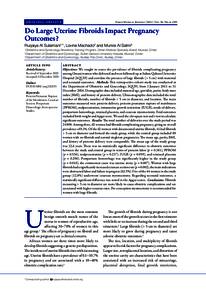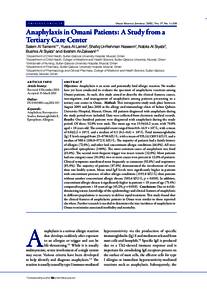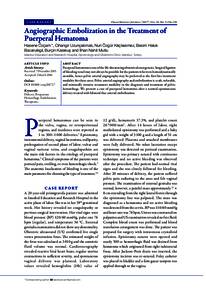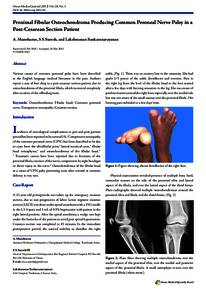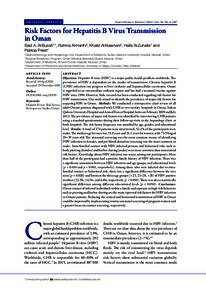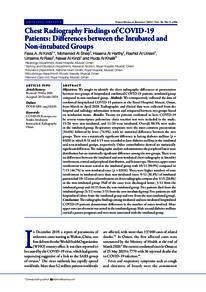Document
Do large uterine fibroids impact pregnancy outcomes?.
Identifier
DOI 10.5001/omj.2021.93
Contributors
Machado, Lovina., Author
Al-Salmiyah, Munira., Author
Publisher
Oman Medical Specialty Board.
Gregorian
2021-07
Language
English
Subject
English abstract
Objectives: We sought to assess the prevalence of fibroids complicating pregnancy among Omani women who delivered and were followed-up at Sultan Qaboos University Hospital (SQUH) and correlate the presence of large fibroids (> 5 cm) with maternal and neonatal outcomes. Methods: This retrospective cohort study was conducted at the Department of Obstetrics and Gynecology, SQUH, from 1 January 2011 to 31 December 2016. Demographic data included maternal age, gravidity, parity, body mass index (BMI), and history of preterm delivery. Ultrasonographic data included the total number of fibroids, number of fibroids > 5 cm in diameter, and location. The main outcomes measured were preterm delivery, preterm premature rupture of membranes (PPROM), malpresentation, intrauterine growth restriction (IUGR), mode of delivery, postpartum hemorrhage, retained placenta, and cesarean myomectomy. Fetal outcomes included birth weight and Apgar score. We used the chi-square test and t-test to calculate significant outcomes. Results: The total number of deliveries over the study period was 24 800. Among these, 62 women had fibroids complicating pregnancy, giving an overall prevalence of 0.3%. Of the 62 women with documented uterine fibroids, 41 had fibroids > 5 cm in diameter and formed the study group, while the control group included 88 women with no fibroids and normal singleton pregnancies. The mean age, parity, BMI, and history of preterm delivery were comparable. The mean age of the study group was 32.6 years. There was no statistically significant difference in obstetric outcomes between the study and control group in terms of preterm labor (p = 0.381), PPROM (p = 0.536), malpresentation (p = 0.237), IUGR (p = 0.059), and retained placenta (p = 0.296). Postpartum hemorrhage was significantly higher in the study group (p = 0.018), the commonest cause was uterine atony (p = 0.007). Women with large fibroids had a significantly increased cesarean section rate (p = 0.002), the main indications were obstructed labor and failure to progress (62.5%). Five of the 44 women in the study group (12.8%) underwent cesarean myomectomy. Regarding neonatal outcomes, a statistically significant difference was noted in the Apgar scores. Conclusions: Fibroids measuring > 5 cm in diameter are more likely to cause obstetric complications and are associated with higher cesarean rates. Pre-conception myomectomy is recommended for women with large fibroids.
Member of
Resource URL
Citation
Al-Sulaimaniyah, Ruqaiya, Machado, Lovina, & Al-Salmiyah, Munira (2021). Do large uterine fibroids , pregnancy outcomes?. Oman Medical Journal, 36 (4), e292 [1-7].
Category
Journal articles

